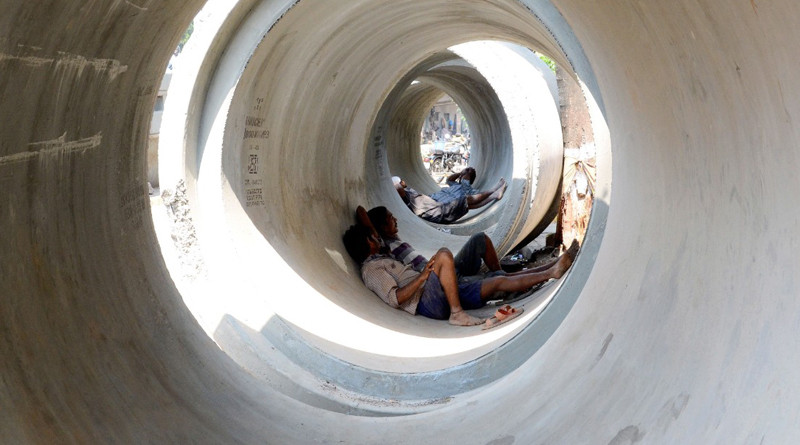Oxfam’s annual Global Inequality Report once again bemoans growing inequality, and has again been criticised for methodological flaws. Forget the technicalities and see Oxfam’s India Equality Report, 2018. This says inequality fell sharply in the socialist era between 1950 and 1980, but later widened, especially after the 1991 economic reforms. The report’s rhetoric suggests that the poor were better off in the socialist phase of growing equality, but were oppressed in the unequal liberalisation era. That is a plain falsehood.
The socialist era did indeed soak the rich. Indira Gandhi’s Garibi Hatao phase raised the peak income tax rate to 97.75%, adding a wealth tax of 3.5%. Many industries were nationalised (banks, general insurance, coal, etc). Most exports and imports were canalised through public sector agencies. Did this end poverty? Not at all. GDP growth remained a miserable 3.5%, half the rate of the East Asian tigers. The poverty ratio between 1950 and 1980 went up and down with the monsoons, but overall remained unchanged around 55%. Meanwhile, population had almost doubled since Independence. An unchanged poverty ratio meant the absolute number of poor almost doubled to 329 million by 1977-78, an obscene outcome.
The Congress had promised instant prosperity when the British left. Instead, the socialist licence-permit raj of 1950-80, which soaked the rich and expanded the public sector, doubled the number of poor people. Inequality decreased, but that era was nevertheless terrible for the poor. Oxfam should highlight that, not hide it.
By contrast, growing inequality after 1980 (and especially after 1991) was accompanied by a crash in the poverty rate to 21.9% in 2011-12. Between 2004-05 and 2011-12, 138 million people rose above the poverty line. Instead of highlighting this, Oxfam keeps asserting that growing inequality was terrible for the poor. That’s fake news.
We can all agree that growth with equality is better than without. But India’s history shows that equality without growth can be worse than growth with inequality. Rapid growth has been a better antidote to poverty than soaking the rich.
Some analysts say a wealth tax of just 0.5% would provide basic education and health for all. Sorry, but even a wealth tax of 3.5% plus income tax of 97.75% in the Garibi Hatao phase failed to achieve that. Exorbitant taxes drove the private sector economy into the black economy. They bankrupted the honest and rewarded crooks. Meanwhile, public sector use of funds was so inefficient and misdirected — it went to badly run steel and fertiliser plants rather than education and health — that literacy and infant mortality remained appallingly low.
Oxfam views the private sector as a crooked villain and the government as the saviour. But India’s economic history points in the opposite direction. Economic liberalisation since 1991 has been a story of private sector success and continuing government failure to provide decent public goods — basic education, health, police, courts, judiciary, roads, safety nets. These public goods enable the poor to catch up with the rich. In India, they are deeply flawed, and so inequality of opportunity remains entrenched, translating into inequality of income and wealth. Yet instead of castigating pathetic government performance in public goods, Oxfam pretends the problem is the villainous rich.
The most equalising form of investment is good education, creating human capital. Many studies suggest that human capital is more important than the economic capital that Oxfam measures. But government education has remained so dismal that spending more has virtually no impact on outcomes. The latest ASER report says most schoolchildren are close to functional illiteracy. Employers complain that the vast majority of college graduates have no skills. Enormous sums spent on public education are pure waste.
Instead of tackling educational quality, politicians focus on caste quotas. And Oxfam castigates “privatisation”, which actually represents poor parents shifting their children from free but useless government schools to expensive but better private schools. It deplores the rise of the private sector in services once provided by the government. Does it really believe India was better off when the only TV channel was Doordarshan, the only telecom company was BSNL, the only domestic airline was Indian Airlines, and no couriers competed with the postal service? The end of third-rate government monopolies has greatly empowered citizens. Instead of acknowledging this, Oxfam harks nostalgically to the socialist 1950-80 era, forgetting that the number of poor people doubled. After such knowledge, what forgiveness?


